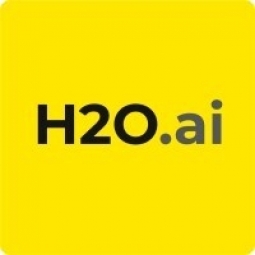H2O.ai
Case Studies
Capital One Uses H2O for Mobile Transaction Forecasting and Anomaly Detection
Overview
 |
Capital One Uses H2O for Mobile Transaction Forecasting and Anomaly DetectionH2O.ai |
Analytics & Modeling - Predictive Analytics Analytics & Modeling - Real Time Analytics | |
Finance & Insurance | |
Business Operation | |
Predictive Maintenance Real-Time Location System (RTLS) | |
Data Science Services | |
Operational Impact
| The data team delivers value by providing the monitoring teams with a visual representation of volumes and anomalies. This allows anyone who is triaging an issue or investigating a root cause of a problem to see where the current volume is relative to what’s normal. | |
| The anomaly band, marked with a timestamp, helps a monitoring engineer find the exact time when an anomaly has occurred, allowing them to measure and correlate it to the start time of incidents and other alerts. | |
| Messaging alerts help warn the operations team when a problem is detected. | |
Quantitative Benefit
| In one instance, an anomaly alert was sent when a spike in volume was detected at 11:15pm – with over 20 thousand more users logging in as would typically be expected for that time of night. Incident response teams were alerted promptly at 11:17pm, four minutes before any other incident alarms were triggered. | |


